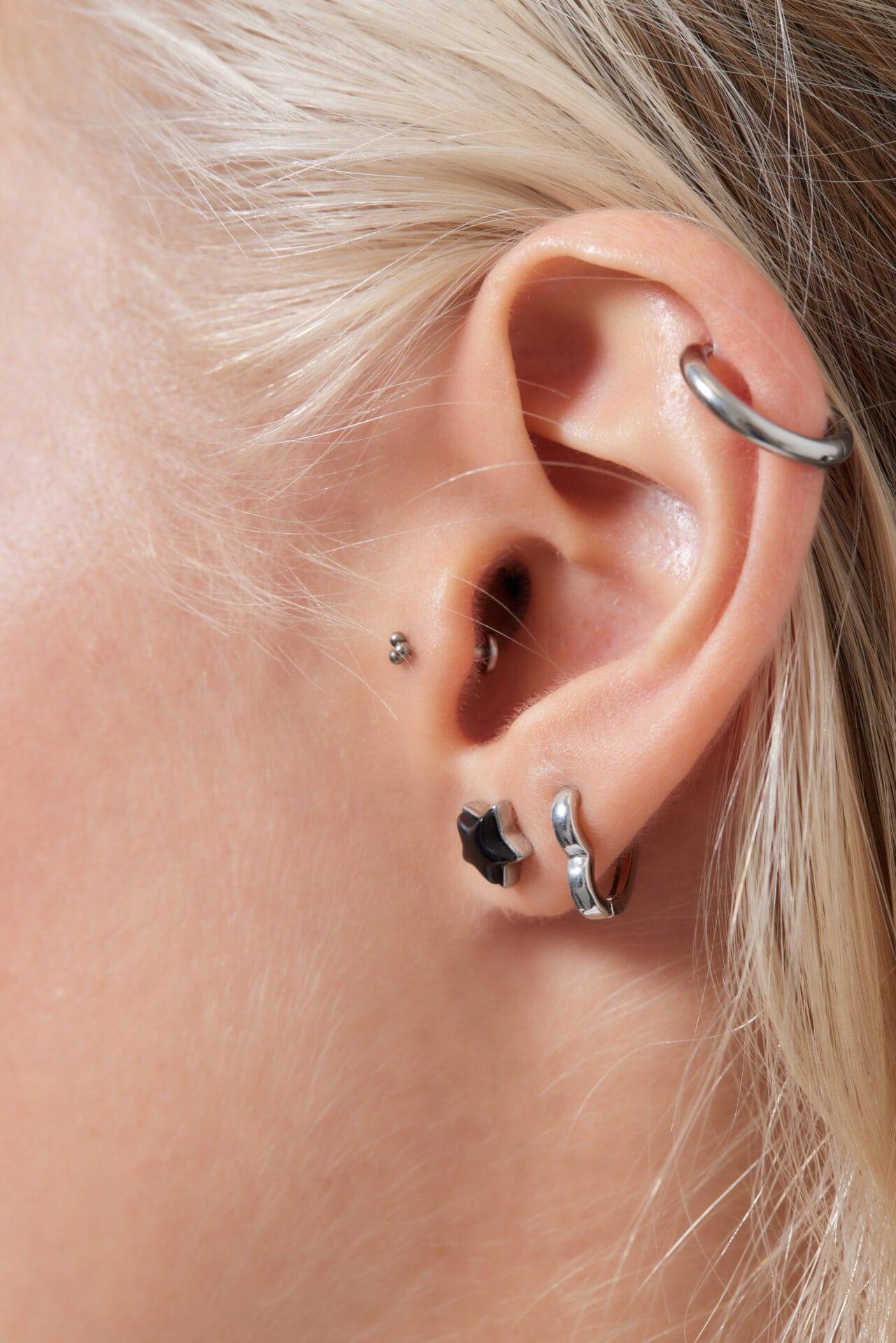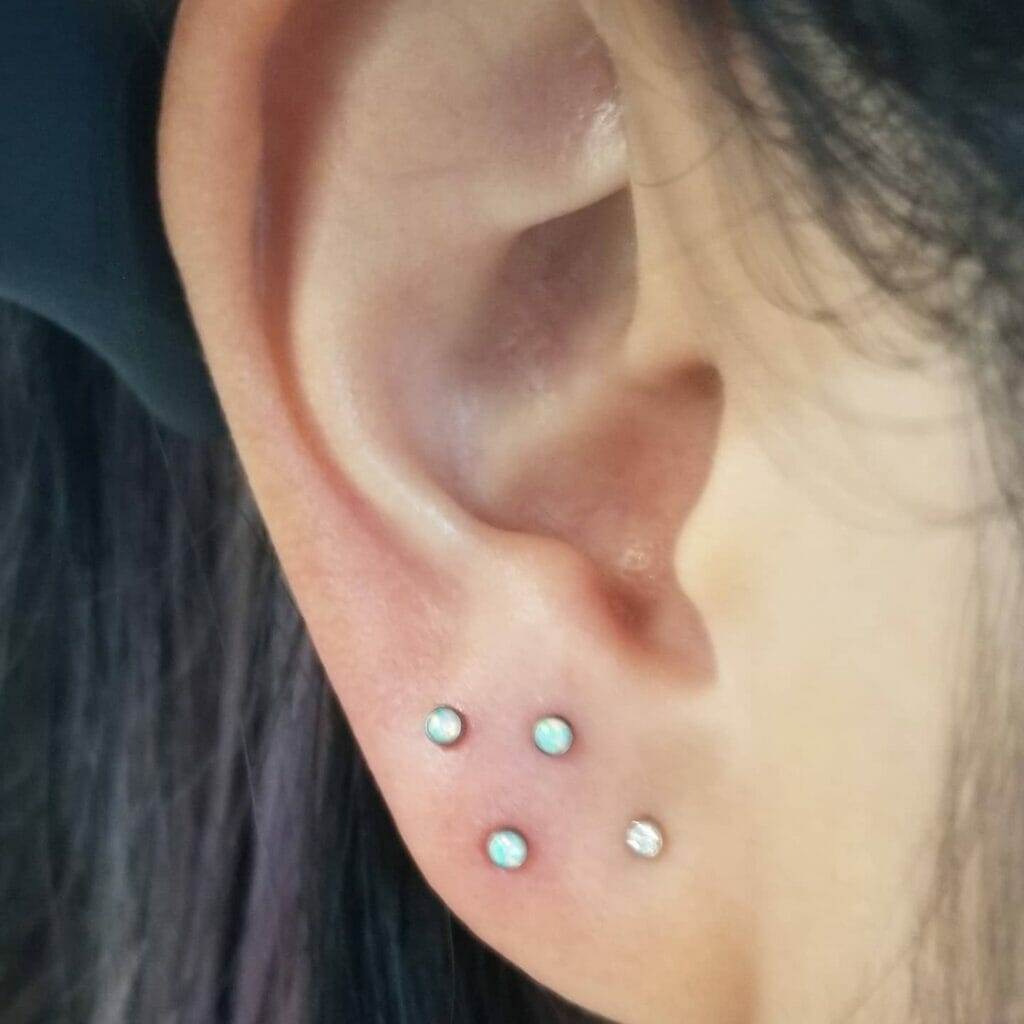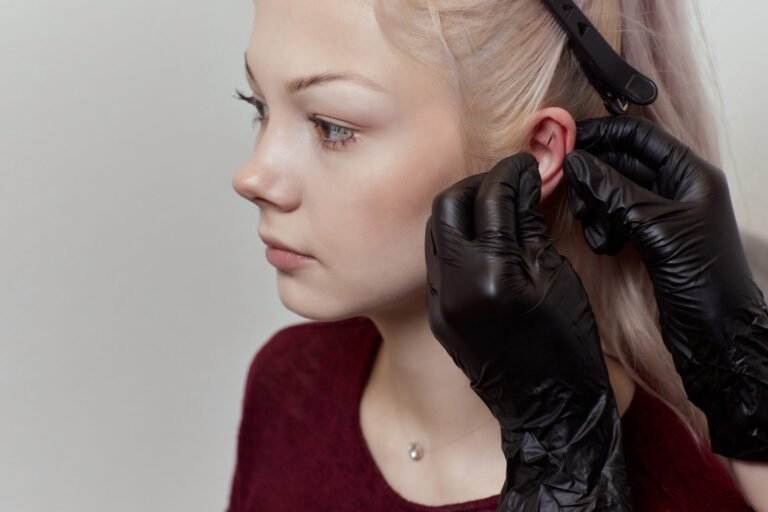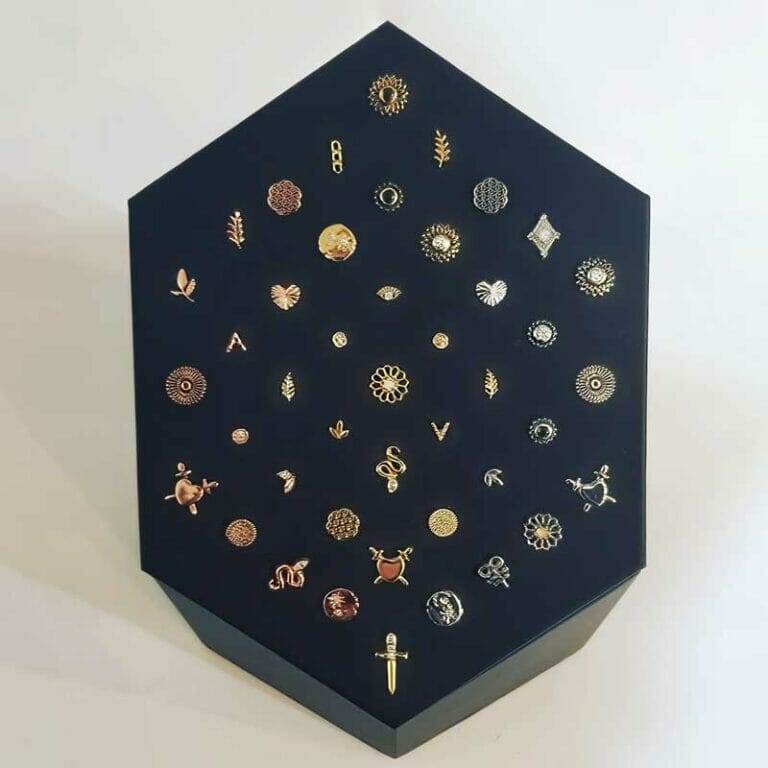Piercings have become increasingly popular in recent years, with people adorning their bodies with various types of jewelry. However, it’s important to remember that getting a piercing is not just a one-time event. Proper aftercare is crucial for ensuring that your piercing heals properly and remains healthy. Neglecting to take care of your piercing can lead to complications such as infection, scarring, and even rejection of the jewelry.
When you get a piercing, your body sees it as a wound and begins the healing process. During this time, it’s important to provide the proper care and attention to ensure that the healing process goes smoothly. This includes keeping the piercing clean, avoiding touching it with dirty hands, and following any aftercare instructions provided by your piercer.
Do: Keep Your Piercing Clean and Dry
One of the most important aspects of piercing aftercare is keeping the area clean and dry. This helps to prevent infection and promote proper healing. To keep your piercing clean, gently clean the area around the piercing with a saline solution or mild soap and water. Avoid using harsh chemicals or alcohol, as these can irritate the skin and delay the healing process.
In addition to keeping your piercing clean, it’s also important to keep it dry. Moisture can create an environment for bacteria to thrive, increasing the risk of infection. Avoid swimming in pools or hot tubs until your piercing is fully healed, as these environments can introduce bacteria into the wound. Similarly, excessive sweating can also increase the risk of infection, so try to avoid activities that cause you to sweat excessively until your piercing has healed.
Don’t: Touch Your Piercing with Dirty Hands
It may seem like common sense, but it’s important to avoid touching your piercing with dirty hands. Our hands come into contact with countless germs and bacteria throughout the day, and touching your piercing with dirty hands can introduce these harmful microorganisms into the wound. This can lead to infection and other complications.
To keep your hands clean, make sure to wash them thoroughly with soap and water before touching your piercing. Avoid touching the piercing unnecessarily, as this can also introduce bacteria and disrupt the healing process. If you do need to touch your piercing, make sure to wash your hands first and handle the jewelry with clean hands.
Do: Use a Saline Solution to Clean Your Piercing
Using a saline solution is a safe and effective way to clean your piercing. Saline solution is a mixture of salt and water that helps to cleanse the wound and promote healing. It is gentle on the skin and does not contain any harsh chemicals that can irritate the piercing.
To make a saline solution at home, mix 1/4 teaspoon of non-iodized sea salt with 8 ounces of warm distilled water. Stir until the salt is completely dissolved. You can then use a cotton ball or swab to apply the saline solution to your piercing, gently cleaning the area around the jewelry. Alternatively, you can purchase pre-made saline solution from a reputable piercing studio or pharmacy.
Don’t: Use Harsh Chemicals or Alcohol on Your Piercing
While it may be tempting to use harsh chemicals or alcohol to clean your piercing, it’s best to avoid these substances. Harsh chemicals can irritate the skin and delay the healing process, while alcohol can dry out the skin and disrupt the natural balance of bacteria on the surface of the skin.
Instead, opt for gentle cleaning options such as saline solution or mild soap and water. These options are effective at cleansing the wound without causing further irritation or damage. If you’re unsure about which cleaning method to use, consult with your piercer for their recommendations.
Do: Be Gentle When Cleaning and Handling Your Piercing
When cleaning and handling your piercing, it’s important to be gentle. The piercing is a delicate wound that requires time to heal, and rough handling can cause damage and delay the healing process. Avoid using abrasive materials such as loofahs or rough towels, as these can irritate the skin and disrupt the healing process.
Instead, use a soft cloth or cotton ball to gently clean the area around the piercing. Avoid twisting or turning the jewelry, as this can cause unnecessary trauma to the wound. If you notice any discomfort or pain while cleaning or handling your piercing, stop immediately and consult with your piercer.
Don’t: Remove Your Jewelry Before Your Piercing is Fully Healed

It’s important to keep your jewelry in until your piercing is fully healed. Removing the jewelry prematurely can cause the piercing to close up or become irritated, leading to complications such as infection or scarring. The healing time for piercings can vary depending on the location and type of piercing, so it’s important to follow your piercer’s instructions regarding when it is safe to remove the jewelry.
To avoid accidentally removing your jewelry, make sure that it is secure and properly fastened. Check the jewelry regularly to ensure that it is not loose or damaged. If you have any concerns about the jewelry or its fit, consult with your piercer for their advice.
Do: Follow Your Piercer’s Aftercare Instructions
Your piercer will provide you with specific aftercare instructions for your piercing. It’s important to follow these instructions carefully to ensure a safe and successful healing process. Your piercer has experience and knowledge in caring for piercings, so their advice should be trusted and followed.
To help remember and follow the aftercare instructions, consider writing them down or setting reminders on your phone. Make sure to ask any questions you may have during your appointment with your piercer, so that you fully understand the aftercare process. If you have any concerns or notice any changes in your piercing, don’t hesitate to reach out to your piercer for guidance.
Don’t: Pick or Scratch at Your Piercing
It can be tempting to pick or scratch at your piercing, especially if it becomes itchy or irritated. However, it’s important to resist this urge. Picking or scratching at the piercing can introduce bacteria into the wound and cause further irritation or damage.
If you find that your piercing is itchy, try using a clean cotton swab or cloth to gently dab the area. Avoid scratching or rubbing the piercing, as this can cause unnecessary trauma to the wound. If the itching persists or becomes unbearable, consult with your piercer for their advice on how to alleviate the discomfort.
Do: Monitor Your Piercing for Signs of Infection
Monitoring your piercing for signs of infection is an important part of aftercare. While some redness, swelling, and tenderness are normal during the healing process, there are certain signs that may indicate an infection. It’s important to be aware of these signs and take action if they occur.
Common signs of infection include increased redness, swelling, pain, warmth, and discharge that is yellow or green in color. If you notice any of these signs, it’s important to seek medical attention as soon as possible. Your doctor may prescribe antibiotics to treat the infection and prevent further complications.
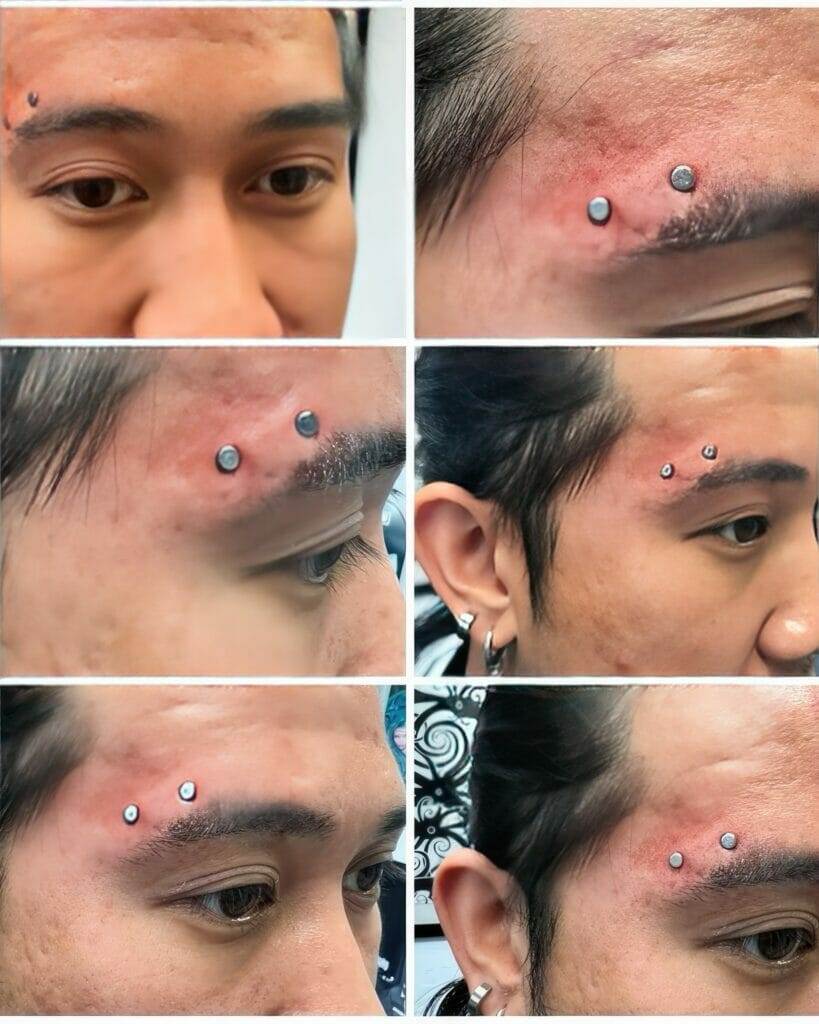
Taking Care of Your Piercing for a Safe and Successful Healing Process
Proper aftercare is crucial for ensuring that your piercing heals properly and remains healthy. By keeping your piercing clean and dry, avoiding touching it with dirty hands, using a saline solution to clean it, being gentle when cleaning and handling it, keeping the jewelry in until it is fully healed, following your piercer’s aftercare instructions, resisting the urge to pick or scratch at it, and monitoring it for signs of infection, you can promote a safe and successful healing process.
Remember, getting a piercing is a commitment that requires time and effort to properly care for. By taking the necessary steps to care for your piercing, you can enjoy your new jewelry while minimizing the risk of complications. If you have any concerns or questions about your piercing or its aftercare, don’t hesitate to reach out to your piercer for guidance.

